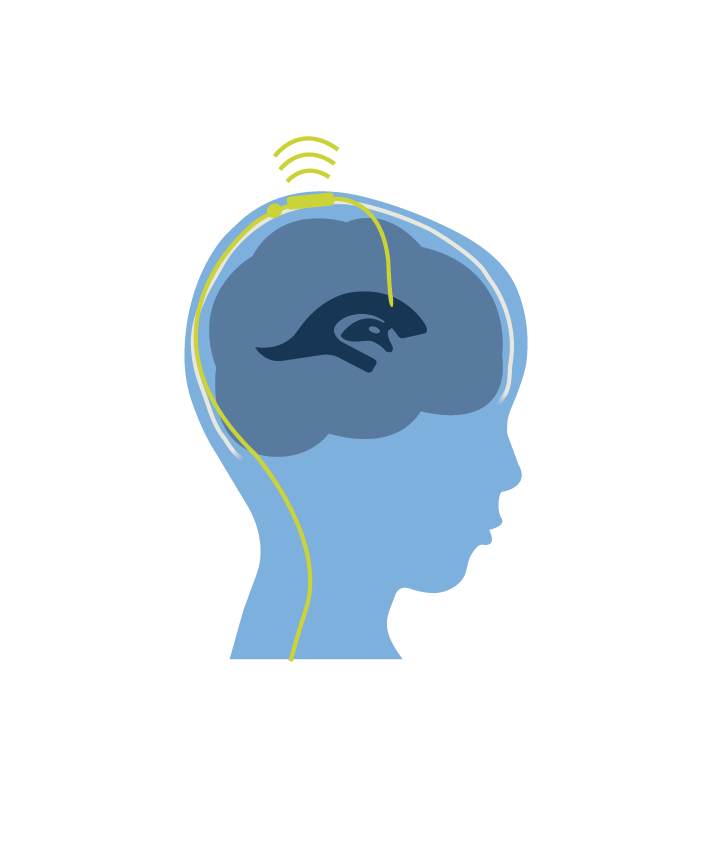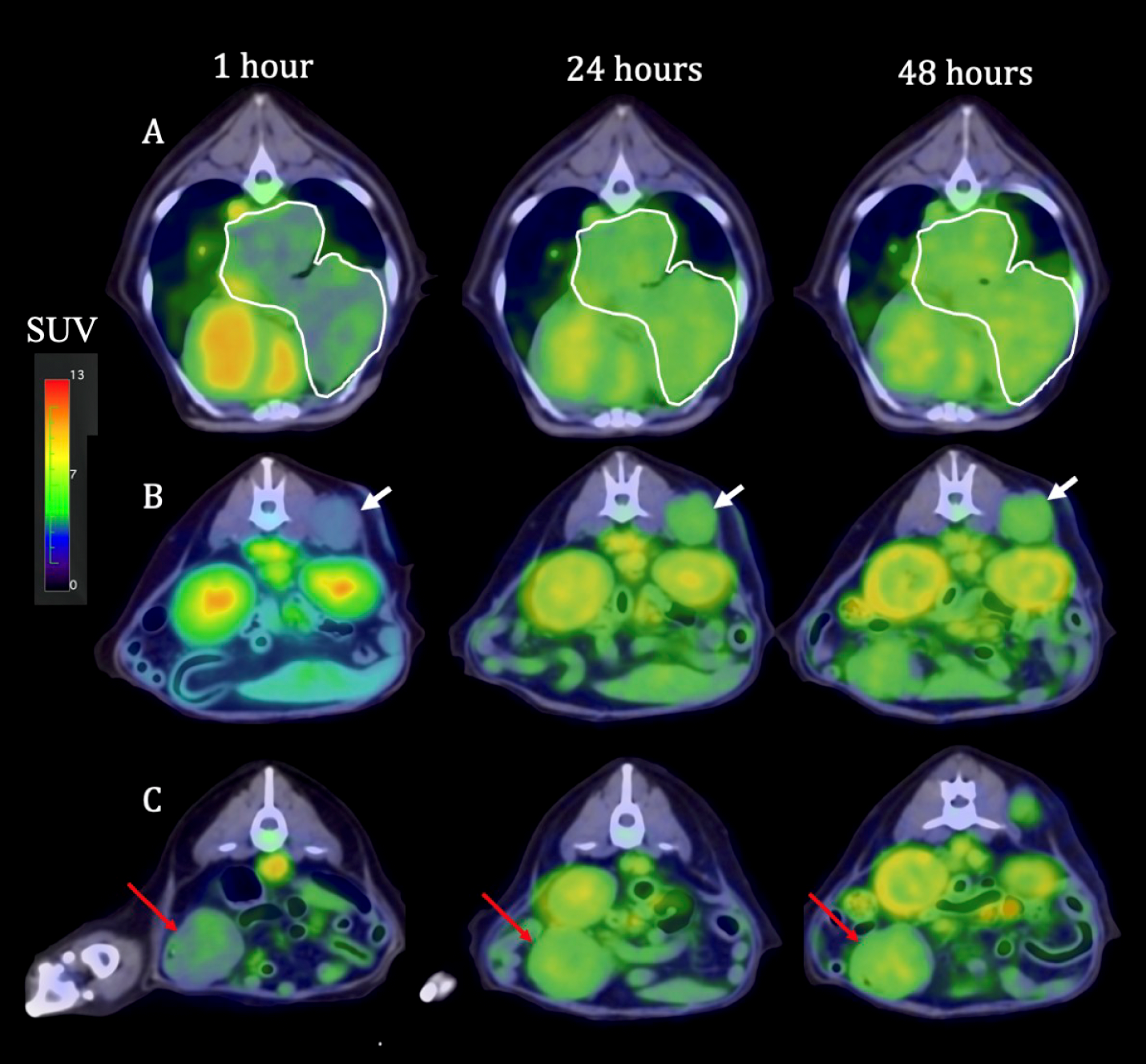
November 18, 2019
Technology solution aims to extinguish provider burnout
Joel Buchanan, MD has assembled a team of experts from six academic centers nationwide to create the knowledge bases that will allow an EHR to automatically sort information related to medications, labs, imaging, procedures, clinical notes and hospitalizations by condition.
It’s the hidden side of electronic health records: research shows that the average ER physician makes a mind-numbing 4,000 clicks per shift, spending nearly twice as much time on electronic record-keeping than they do directly working with patients, and clocking one to two hours of additional computer time after work to keep up with it all.
Joel Buchanan, MD, UW Health’s medical director of IT strategic projects, was convinced there had to be a better way — especially when working with patients with mile-long medical histories. Under the current system, if he wants to search for a patient’s cancer-related tests, he might have to sift through 140 lab results to find what he’s looking for. “Physicians can get overwhelmed, and that cognitive overload can contribute to clinician burnout,” he says.

Buchanan’s solution: a problem concept map that works with any electronic health record (EHR) system to filter only the most relevant patient information. This generates a Problem OrientedView. He turned to Thomas “Rock” Mackie, MD, administrator of Isthmus Project and UW Health’s chief innovation officer, for help turning his vision into a reality. UW Health’s new innovation accelerator not only provided business expertise, but also funds to kick-start the next stage of development.
“When we show this to physicians they get very excited and want it tomorrow, but Rome wasn’t built in a day,” Buchanan notes. “There has to be an infrastructure of information to drive this new Problem Oriented View.”
Buchanan has assembled a team of experts from six academic centers nationwide to create the knowledge bases that will allow an EHR to automatically sort information related to medications, labs, imaging, procedures, clinical notes and hospitalizations by condition. “The way this works is that a physician clicks on the problem — for example, epilepsy — and then the system uses one of these knowledge bases that we’ve created, and instead of showing all the medications a patient has ever taken, it shows just the four related to epilepsy,” he explains.
For years, Buchanan has been passionate about encouraging physicians to adopt a problem-oriented medical record, a system that he believes leads to more efficient, quality care. He was further encouraged by his pilot study, supported by the National Institutes of Health, which found that physicians who used a problem-oriented system were able to find information more quickly, more accurately, with greater user satisfaction and less cognitive work.
Although Buchanan had been developing his idea for four years, his six months partnering with Isthmus Project in 2019 was like “the tinder to get the fire going,” he says. “Isthmus Project has helped me in several ways. One, it really helped guide me in a budgeting process, which is not something that comes naturally to a physician,” he says. “Isthmus Project has also provided some legal resources through arrangements with the UW Law School, and Dr. Mackie and others on his team have really acted as a cheerleader and confidence builder.”
Buchanan initially approached Isthmus Project with the idea of starting a nonprofit organization. “But it really became clear that industry would be interested in this as well, so we helped him raise the money from the electronic health record industry and put together a term sheet for potential investors,” Mackie says. Ultimately, they decided that it made the most sense to keep it as a center within the university, with additional support from corporate and government sources.
Seven EHR vendors have already signed on to provide financial support over the next three years — what Buchanan calls the “kindling” phase — as his team of medical experts works to achieve critical mass by creating approximately 200 maps. By 2022, he plans to establish a Center for Problem Concept Maps, which he hopes will be supported by the National Library of Medicine (the “fuel wood” stage) to ensure long-term viability and to make the technology available to institutions nationwide for a no-fee license.
Without Isthmus Project, Buchanan expects it would have taken him as long as 12 years to reach the “kindling” phase, but Mackie helped him develop a plan to make it scalable more quickly. That means physicians — and ultimately their patients — will benefit sooner.
“Don’t be hesitant to reach out, even if you don’t have a formal business plan in place,” Buchanan says. “Dr. Mackie is very creative and energetic, and he’s certainly open to new ideas.”



